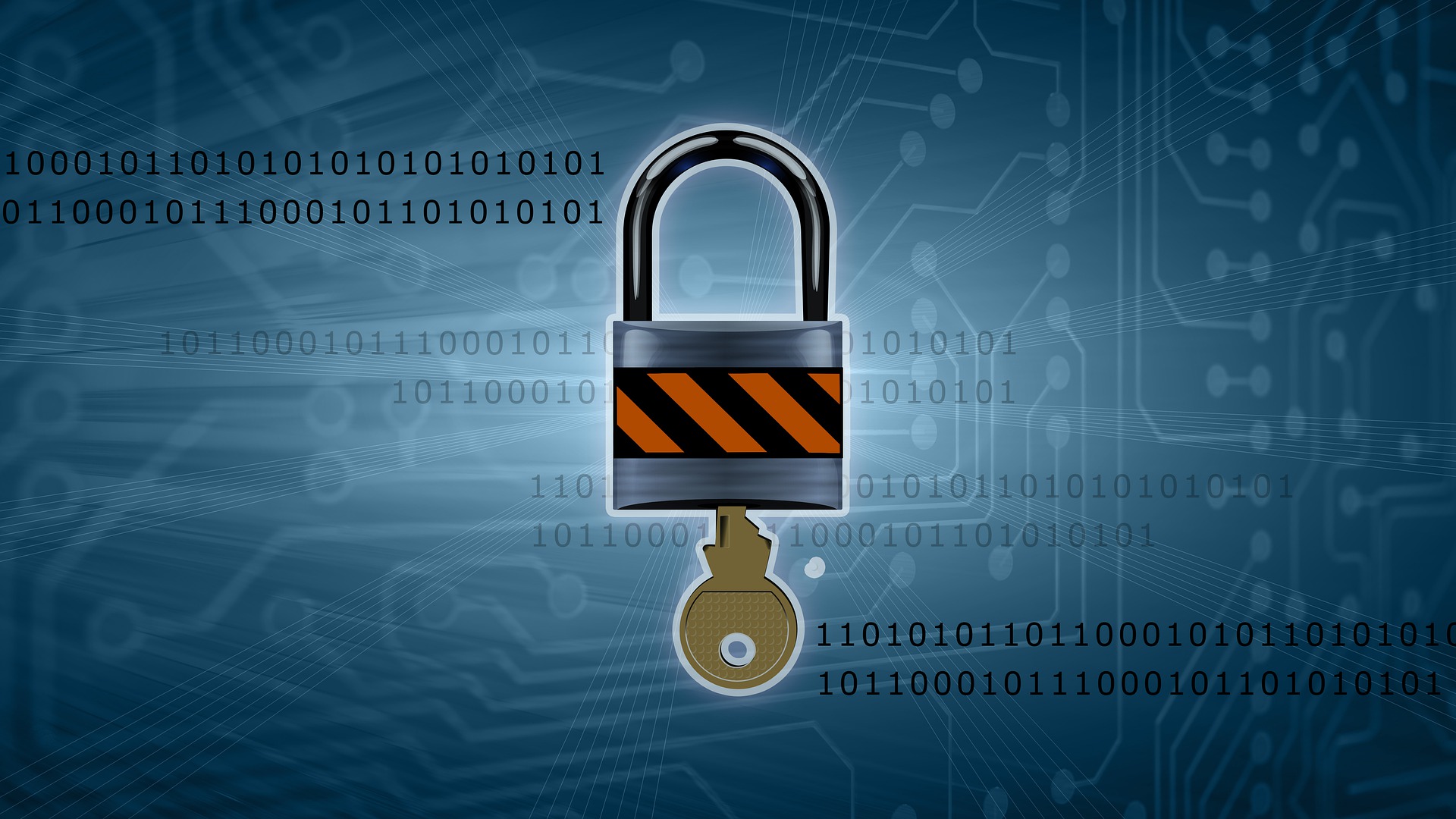Distributed Ledger Technology (DLT) holds great promise for Financial Services and is being used to transform some markets. In advance of JWG’s 5 April Digital Assets virtual Seminar JWG brought Alex Dorfmann, SIX, Dan Doney, Securrency, Peter Randall, SETL and Tom Zschach, SWIFT together to discuss what digital assets mean for TradFi practitioners, the opportunities they present and what they are going to focus on in the Seminar.
Why TradFi should participate
A recent industry report on the wholesale market’s use of Central Bank Digital Currency (CBDC) revealed tremendous opportunity from faster payments, higher availability, cheaper settlement and better liquidity.
Thought leaders believe there are virtually no areas of financial services’ market infrastructure that will go untouched with the digital assets transformation that is happening now.
Our panellists stressed that the reason that traditional finance (TradFi) experts should be tuning-in to the digital asset debate is that it could well be a moment which redefines your future career.
This is not just a bunch or grey hair talking, there are real, live examples of this transformation in action (see below) and if you are not tuned into this conversation there is a real chance that you will be missing out soon.
Some of the bigger changes will take longer to materialise, but market participants should note the changes happening today, think about what it means for them and have their say about how they would like their digital finance sector to work.
The opportunity
The panellists argued that digital assets provide capacity for innovation at lower costs. History has shown that when costs drop, volumes go up, margins reduce and opportunities multiply.
One expert noted that digital asset opportunities go well beyond the implementation of the technology to rethink legal frameworks, definitions and risk controls. It was noted that the RTGS system could be redeployed on a central bank digital currency (CBDC).
Another highlighted their work with WisdomTree, using blockchain technologies to issue mutual funds that cut out middlemen in the wholesale market.
Panellists urged the sector to rethink how Finance creates additional business value, not just replicate traditional finance via new technology. The Regulated Liability Network of central banks and firms which allows participants to tokenize their liabilities was highlighted as yet another example.
However, as one SME pointed out, not all innovations are transformational. Short consultation papers could have very significant impacts. Be forewarned: if you’re not in that conversation when it is launched, you’re going to miss out.
Potential pitfalls
The panellists were aligned on the fact that for digital assets to be safe, some major risks need to be mitigated.
Interoperability with existing market infrastructure, the ability to link to what we have today and, critically, scale to the required volumes was a large point of concern. While there are many proofs of concepts executing bilateral transactions, many have yet to prove they can effectively work cross borders and large networks.
Privacy, security, and data governance was also cited as hugely important as the sector’s standards need to be kept high. These standards differ by jurisdiction and it’s important that the technology understand the regulatory rules of the game. Privacy is important and needs to be handled properly and with the right sense of priority.
The path forward
Lower costs, driven through standardisation automation were seen as key to getting Digital Assets right. However, one panellist pointed out that to actually achieve lower cost, digital assets need a path to production.
The great news about the US President’s 9 March 22 Digital Asset Order is that we will start to see regulatory clarity about that path this year. This cross-government exercise will define how US markets will digitize, and a key part of that is their international alignment with the EU, Germany, UK and other jurisdictions.
Those that have been wishing for regulatory certainty will soon have lots of detail to wade into. If you don’t tune in this year, you’re going to miss out. Come find the bit that matters to you at our 5 April seminar which will be online for 6 months.
For more information
To listen to Season 2 Episode 4: ‘Managing Digital Asset Risk’ click here.
To listen to Season 2 Episode 3: ‘Trading Digital Assets on TradFi rails’ click here.
For more information on the US Presidential Order for Digital Assets, click here
For more information on the RegTech and Digital Asset agendas see here
Subscribe to JWG’s LinkedIn newsletter here

